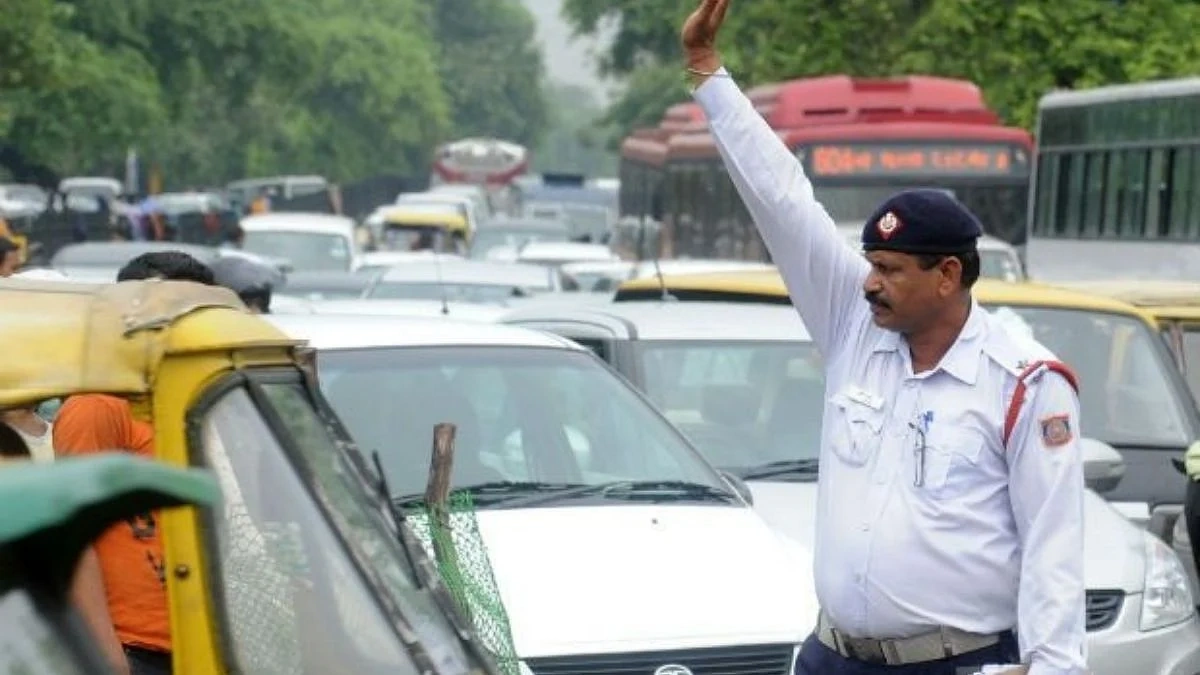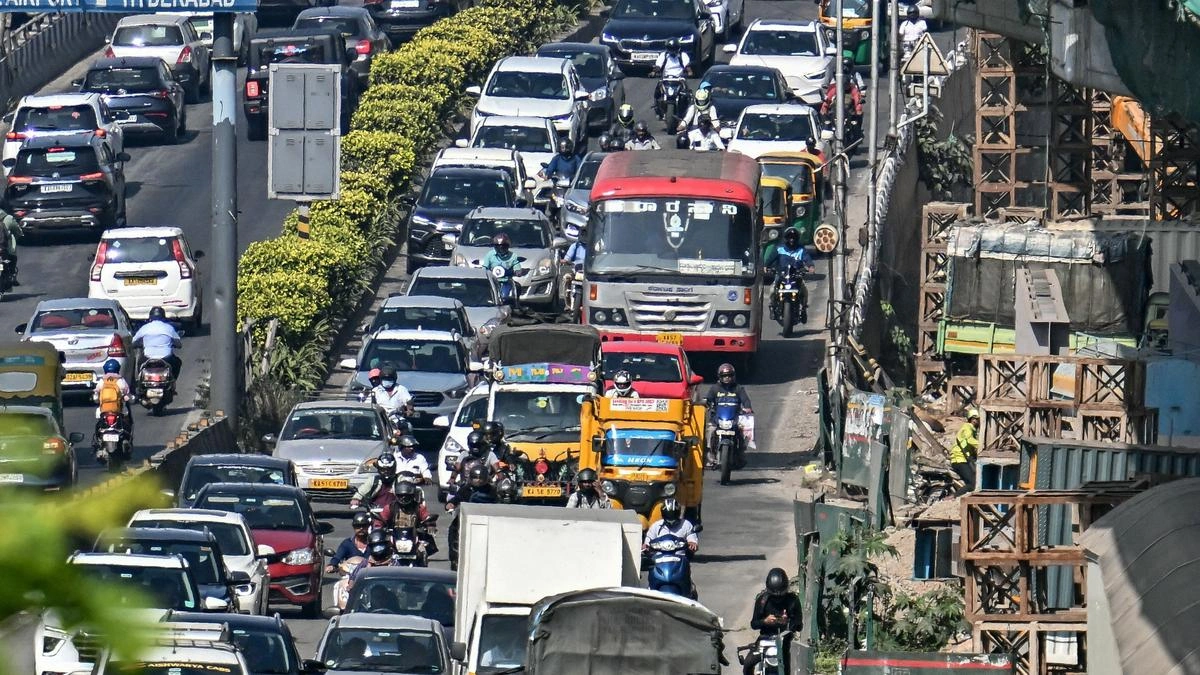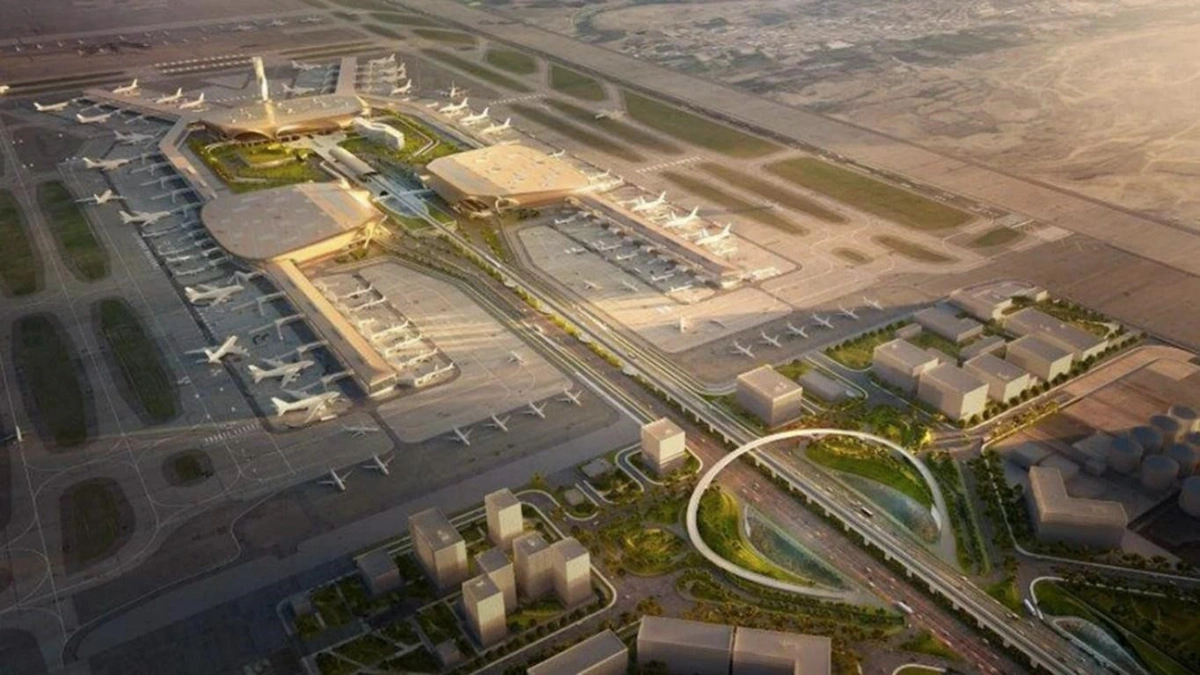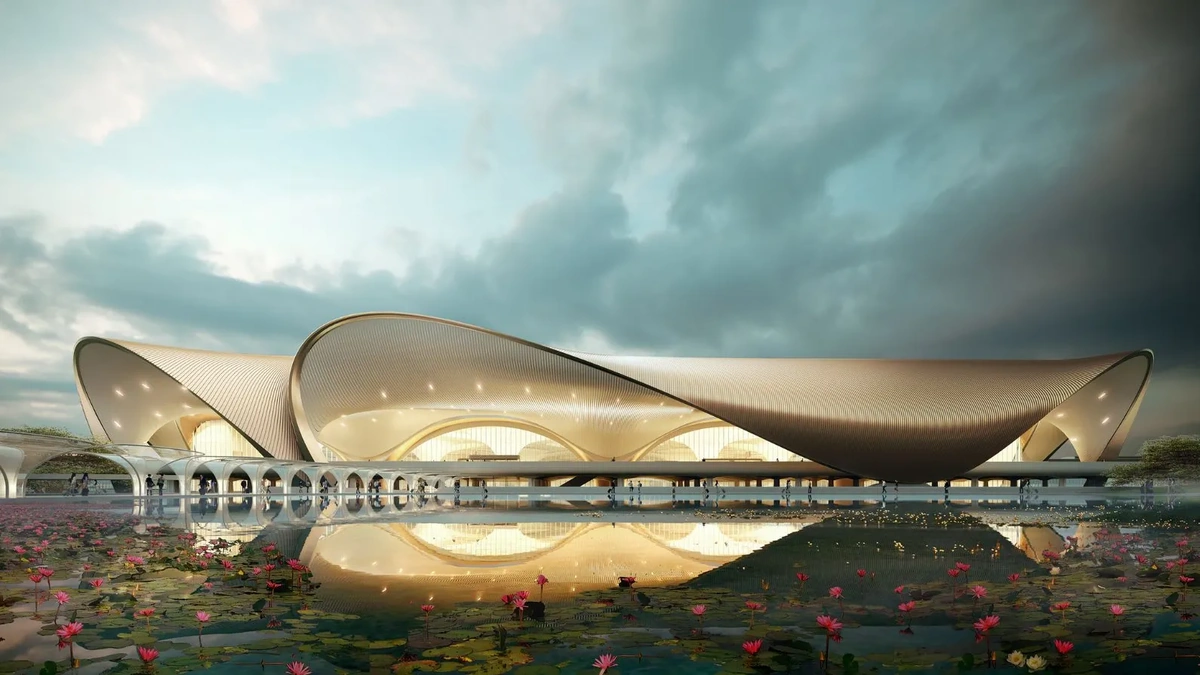Navi Mumbai Bans Heavy Vehicles on October 8 for NMIA Inauguration by PM Modi
So, Navi Mumbai is doing what now? Banning heavy vehicles ? Yep, you heard right. On October 8th, the city will be a no-go zone for trucks and other large vehicles. It’s all in preparation for the grand inauguration of the Navi Mumbai International Airport (NMIA) by none other than Prime Minister Modi. But let’s be honest, a simple news report isn’t going to cut it, is it? We need to understand why this is happening, what it means for you, and what ripple effects it might cause.
Why the Ban? More Than Just a Photo Op

At first glance, this might seem like a purely logistical move. Clear the roads, make way for VIPs, and ensure a smooth inauguration ceremony. And yes, that’s part of it. But there’s a deeper game at play here. Think about it: NMIA isn’t just another airport. It’s a symbol of progress, a gateway to economic opportunities, and a massive infrastructure project that has been years in the making. So, as the inauguration date of theNavi Mumbai International Airportapproaches, the surrounding areas are seeing some major changes. The ban is about putting its best foot forward.
Here’s the thing: major events like this are meticulously planned. The government wants to project an image of efficiency and control. A smooth flow of traffic, no disruptions, and everything running like clockwork – it sends a powerful message to investors, businesses, and the public. Banning heavy vehicles is a way to ensure that happens. Plus, let’s be real, no one wants to see a traffic jam on national television during such an important event.
The Ripple Effect | Who’s Affected and How?
Okay, so the government gets its pristine inauguration. But what about everyone else? The ban on heavy vehicles in Navi Mumbai is going to impact businesses, transporters, and everyday commuters. Let’s break it down:
- Businesses: Companies that rely on heavy vehicles for transporting goods – manufacturers, distributors, and construction firms – will face delays and increased costs. They might need to reschedule deliveries, find alternative routes, or even temporarily halt operations.
- Transporters: Truck drivers and transport companies will bear the brunt of the ban. They’ll have to reroute their vehicles, which means longer travel times, higher fuel consumption, and potential loss of income.
- Commuters: While the ban is primarily aimed at heavy vehicles , it could indirectly affect regular commuters as well. Rerouted traffic might cause congestion on alternative routes, leading to delays for everyone.
But, and this is a big but, there’s also a potential upside. With fewer heavy vehicles on the roads, there might be a temporary decrease in traffic congestion and air pollution in certain areas. It’s a short-term benefit, but a benefit nonetheless. It is important to know about the Navi Mumbai International Airport though.
Navi Mumbai Traffic Advisory | Navigating the Ban
So, what can you do to navigate this situation? Here’s my take, based on what I’ve observed in similar situations:
- Plan Ahead: If you’re a business owner or transporter, start planning now. Reschedule deliveries, explore alternative routes, and communicate with your clients and suppliers.
- Stay Informed: Keep an eye on traffic updates and advisories from the local authorities. This will help you avoid congested areas and plan your travel accordingly.
- Consider Alternatives: If possible, explore alternative modes of transport. Can you use trains, buses, or even ferries to get around?
Let me rephrase that for clarity: Being proactive is key. Don’t wait until the last minute to figure things out. The more prepared you are, the less disruptive the ban will be.
The Bigger Picture | Infrastructure and Growth
Ultimately, the ban on heavy vehicles is a temporary inconvenience in the grand scheme of things. The inauguration of NMIA is a major milestone for Navi Mumbai and the surrounding region. It’s expected to boost economic growth, create jobs, and improve connectivity. As the area develops, expect to see the development of residential and commercial properties. Think of it as a necessary step towards progress.
What fascinates me is how infrastructure projects like this can transform entire regions. They’re not just about building airports or roads; they’re about creating ecosystems of opportunities. They attract investment, stimulate innovation, and improve the quality of life for residents. The road closure on October 8th might cause some temporary headaches, but the long-term benefits are undeniable.
And that, my friend, is the real story behind the ban on heavy vehicles in Navi Mumbai . It’s not just about clearing the roads for PM Modi; it’s about paving the way for a brighter future.
FAQ Section
What exactly is banned on October 8th?
All heavy vehicles , including trucks, trailers, and other large commercial vehicles, will be prohibited from entering Navi Mumbai on October 8th.
Why is this ban being implemented?
The ban is to ensure smooth traffic flow and security during the inauguration of the Navi Mumbai International Airport (NMIA) by Prime Minister Modi.
How long will the ban last?
The ban is scheduled for October 8th. Check official sources for the exact start and end times.
Are there any exemptions to the ban?
Specific exemptions, if any, will be announced by the local authorities. Keep an eye on official notifications.
Will public transportation be affected?
While the ban primarily targets heavy vehicles , rerouted traffic might indirectly affect public transportation. Check for updates from bus and train operators.
Where can I find more information?
Refer to official notifications and press releases from the Navi Mumbai Municipal Corporation (NMMC) and the local traffic police.
The Erra Matti Dibbalu is nearby to Navi Mumbai as well, do check it out .













